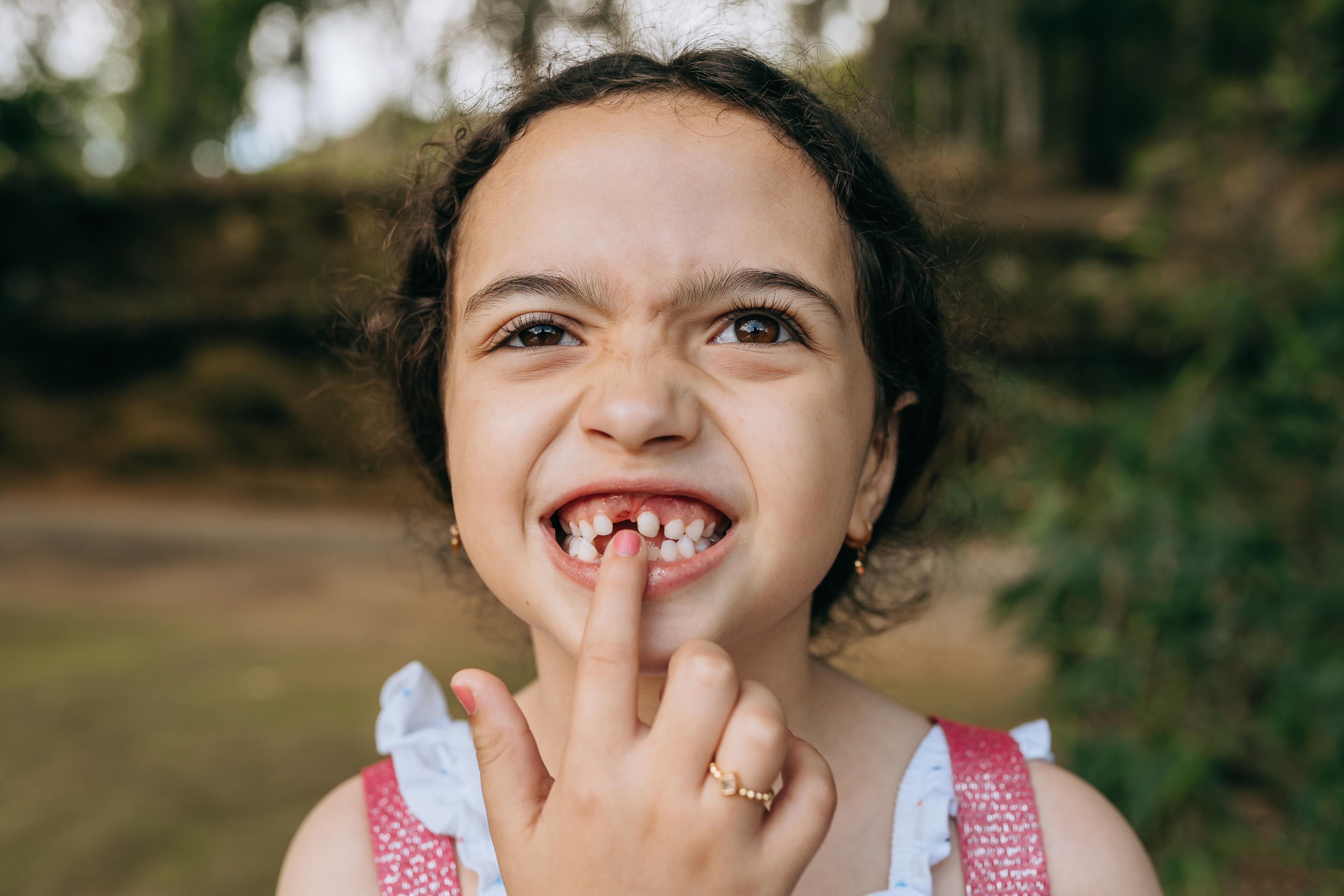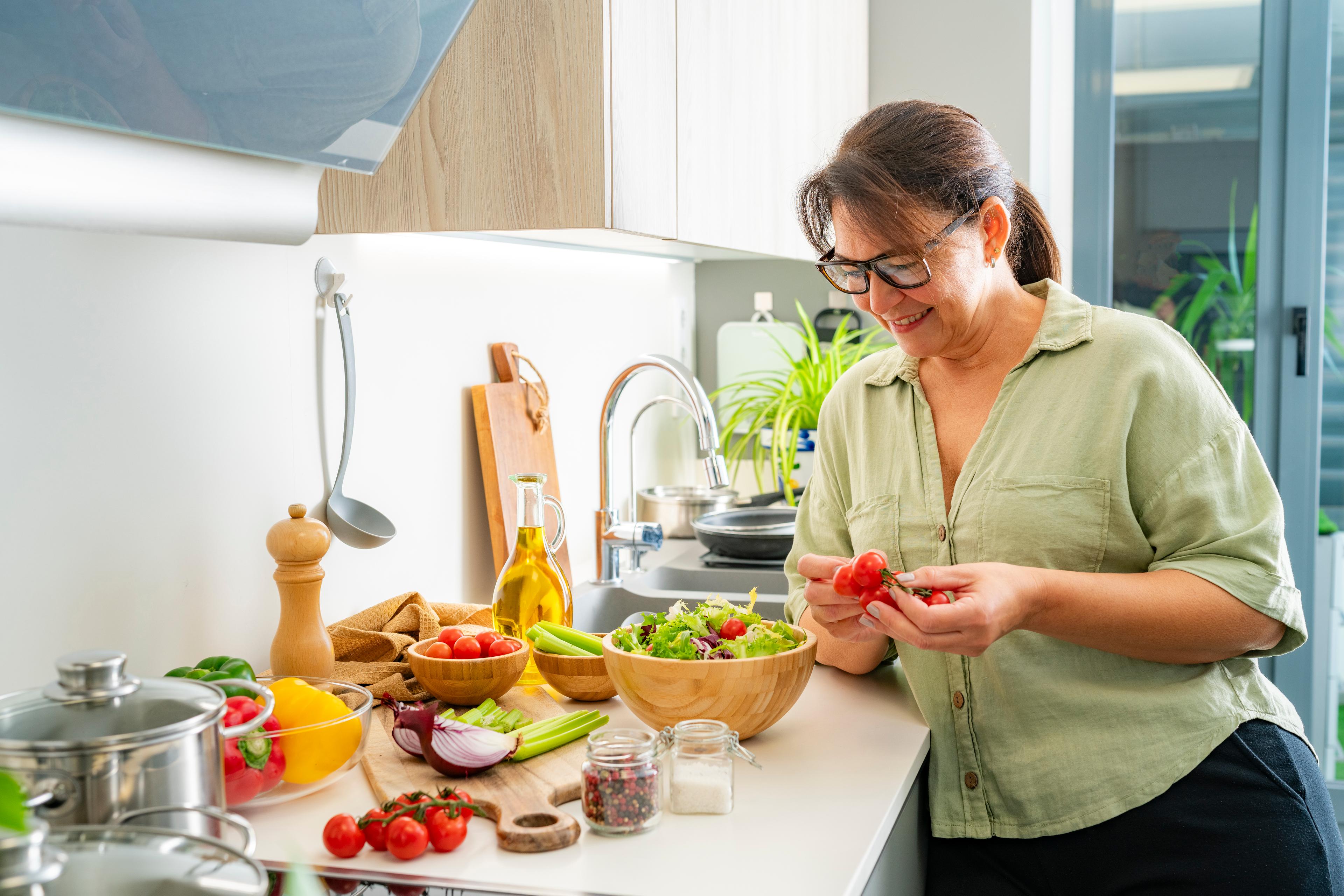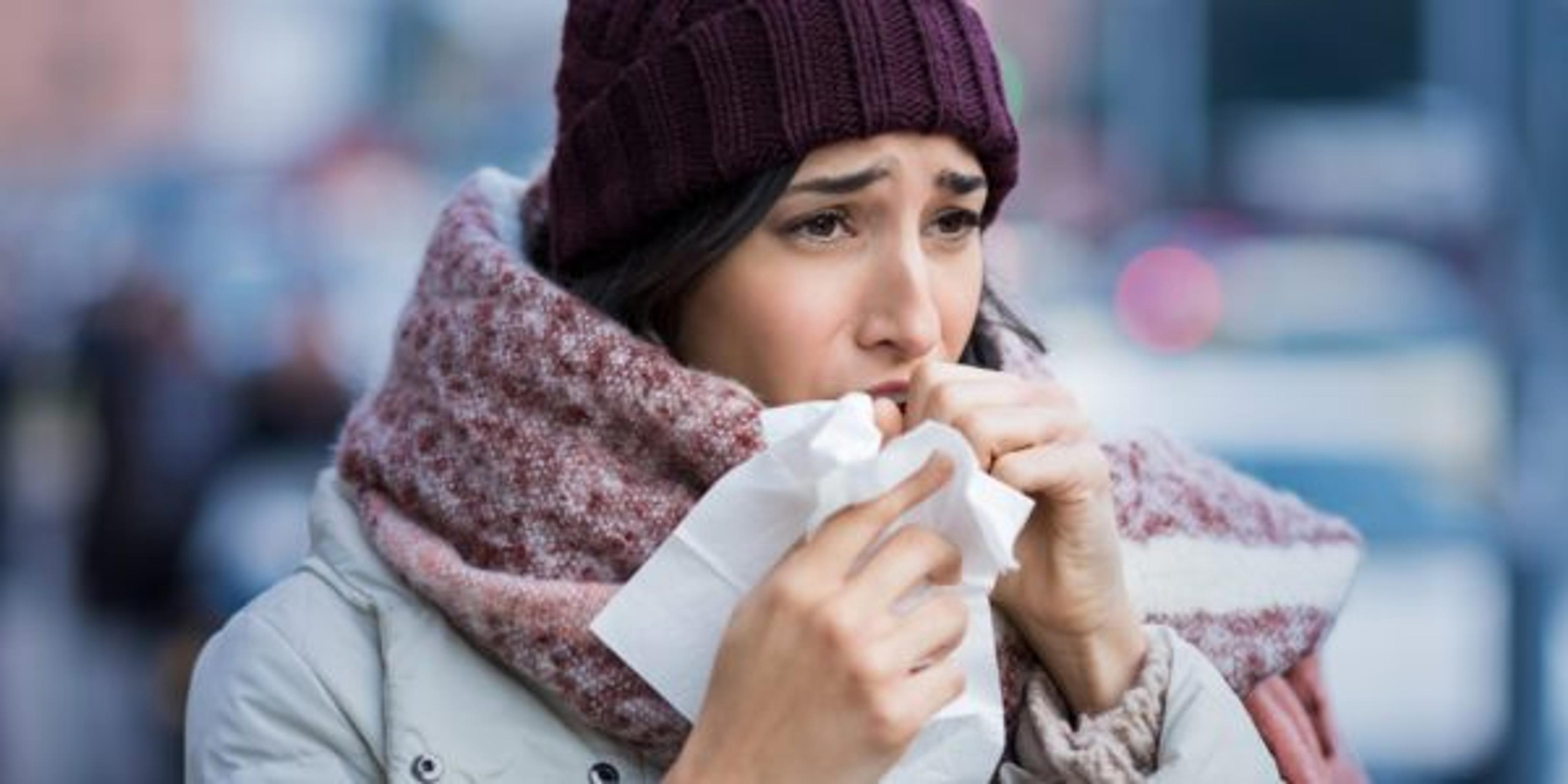5 Sun Safety Myths Debunked
3 min read

There’s nothing like a summer spent playing outside when you’re a kid.
However, outdoor fun also leads to increased sun exposure. Without proper protection, children are vulnerable to a variety of short- and long-term skin, eye and immune system issues.
Read on for some common sun safety misconceptions and the facts that can help reduce your family’s risk of skin damage and other sun-related health hazards.
- Myth: It’s not hot or bright outside, so I don’t need to worry about protecting my child’s skin from the sun. Fact: The negative effects of sun exposure are attributed to ultraviolet (UV) radiation that reaches the earth’s surface through two types of rays, ultraviolet A (UV-A) and ultraviolet B (UV-B). Ultraviolet A rays penetrate to the deepest level of the skin, while UV-B rays are typically responsible for surface-level sunburns. Both classes are known to contribute to the development of skin cancer. As UV radiation is not related to temperature, it is still possible to get sunburned on a deceivingly cool and cloudy day. The Environmental Protection Agency provides a daily forecast of the expected UV intensity in your area. Check this index with the weather forecast every day to stay informed and prepare accordingly.
- Myth: The SPF number on sunscreen is related to the number of minutes before I should reapply. Fact: Sunscreens shield skin by absorbing and reflecting UV rays. The sun protection factor (SPF) of these products indicates the relative amount of defense provided against UV-B rays. Regardless of the SPF rating, sunscreen wears off and should be reapplied at least every two hours, as well as after swimming, sweating or toweling off. Some brands, classified as broad-spectrum, protect the wearer from both UV-A and UV-B rays. The Center for Disease Control and Prevention recommends choosing a broad-spectrum sunscreen of SPF 15 or higher.
- Myth: My kids have sunscreen on, so it’s fine to let them stay outside all day in only a swimsuit. Fact: In addition to the use of sunscreen, clothing and accessories are an important barrier to protect skin from harmful overexposure. Long sleeves and skirts, wide-brimmed hats and sunglasses are encouraged. Sunglasses that wrap around and have the American Optometric Association’s Seal of Acceptance are ideal. These glasses block 99 to 100 percent of UV radiation.
- Myth: The sun is only at its strongest for a couple hours, noon to 2 p.m., in the middle of the day. Fact: The World Health Organization estimates that UV radiation from the sun is at its strongest from 10 a.m. to 4 p.m. Avoid direct sun exposure as much as possible and seek shelter under an umbrella, tree or canopy during these peak hours.
- Myth: My kid’s cheeks are only a little pink; it’s probably not a bad sunburn. Fact: Unprotected skin can be damaged by UV radiation in as little as 15 minutes, but it may take up to 12 hours for skin to show the full effect. It’s probably time to head inside if you notice that your child’s skin is turning slightly pink, as this may become a more severe burn later on.
This guest post is from Dr. T. Jann Caison-Sorey, a pediatrician, adolescent medicine physician and senior medical director at Blue Cross Blue Shield of Michigan.
If you enjoyed this post, you might also like:
Photo credit: Matt R









